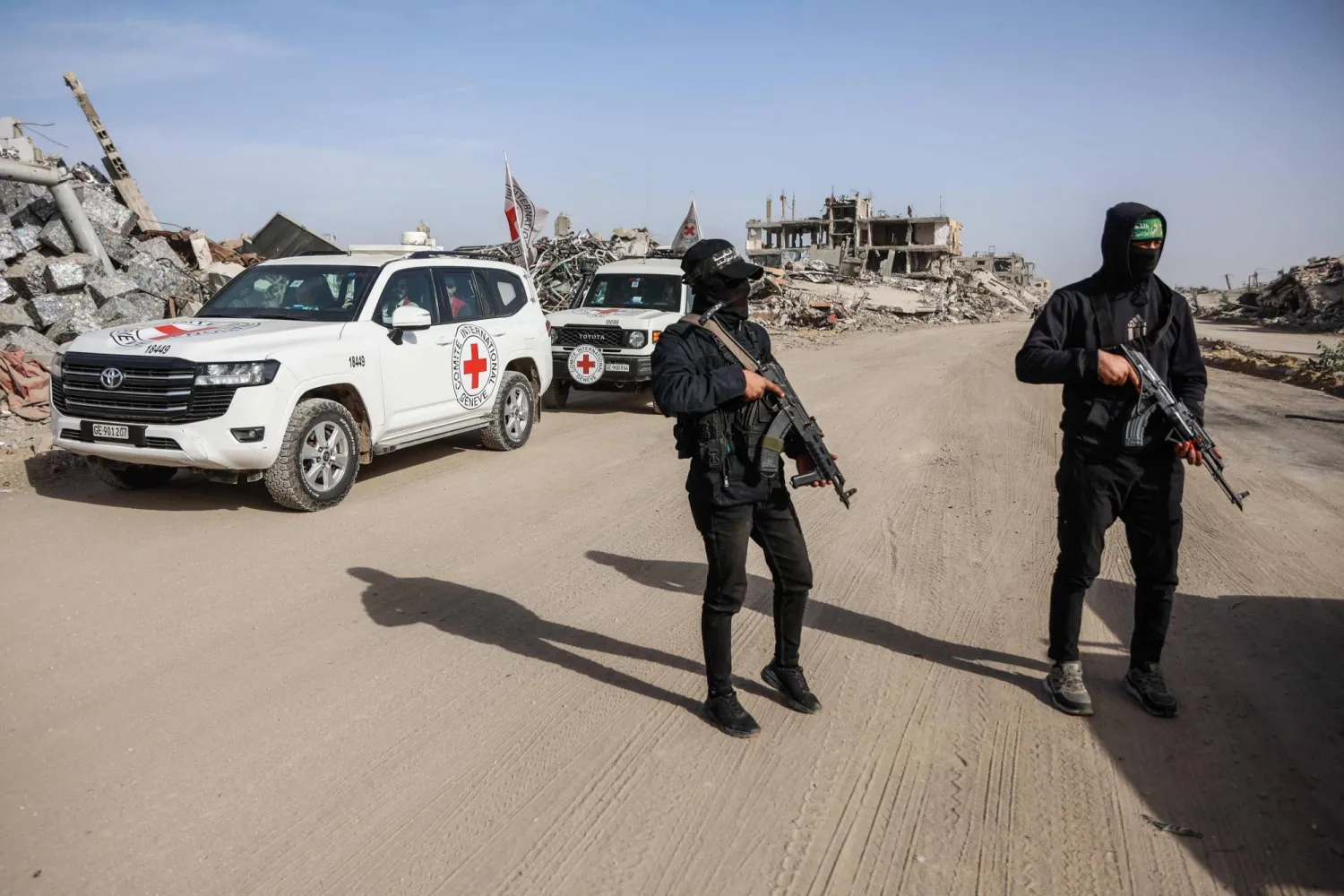Out of Morocco’s 7,493,000 population aged between seven and 17, 148,000 were engaged in some form of economic activity in 2021, the country's Higher Commission for Planning (HCP) has said.
In a report, HCP said that the number of Moroccan children who are victims of child labor is even higher in rural areas.
It noted that 119,000 children in rural areas are working in the informal economy, making up 3.8% of the country’s rural population.
According to HCP data, the rate is relatively low in urban areas, where 29,000 children are taking part in economic activities, making up 0.7% of the rural population.
The report notably notes that child labor in Morocco dropped 26% compared to 2019.
Issued on the occasion of the World Day against Child Labor, HCP’s report explains that 80.4% of children victims of child labor are rural males, and 87.5% of them are aged 15 to 17.
In terms of education, HCP data indicate that 12.1% of children engaged in economic activities in Morocco are attending school while 85.7% have dropped out of school and 2.2% have never been enrolled in schools.
Close to 65% children engaged in economic activities benefit from medical coverage, with the percentage getting slightly higher among the 7-17 age group reaching 75%.
According to the report, the phenomenon of child labor is concentrated in certain economic sectors and differs according to place of residence. In rural areas, 82.2% of children work in "agriculture, forestry and fishing".
In urban areas, "services", with 58.4%, and "industry", with 24.7%, are the main sectors employing children. Nearly three quarters of rural working children are family helpers; in urban areas, 45.2% of working children are employees, 27.5% are apprentices and 20.5% are family helpers.









